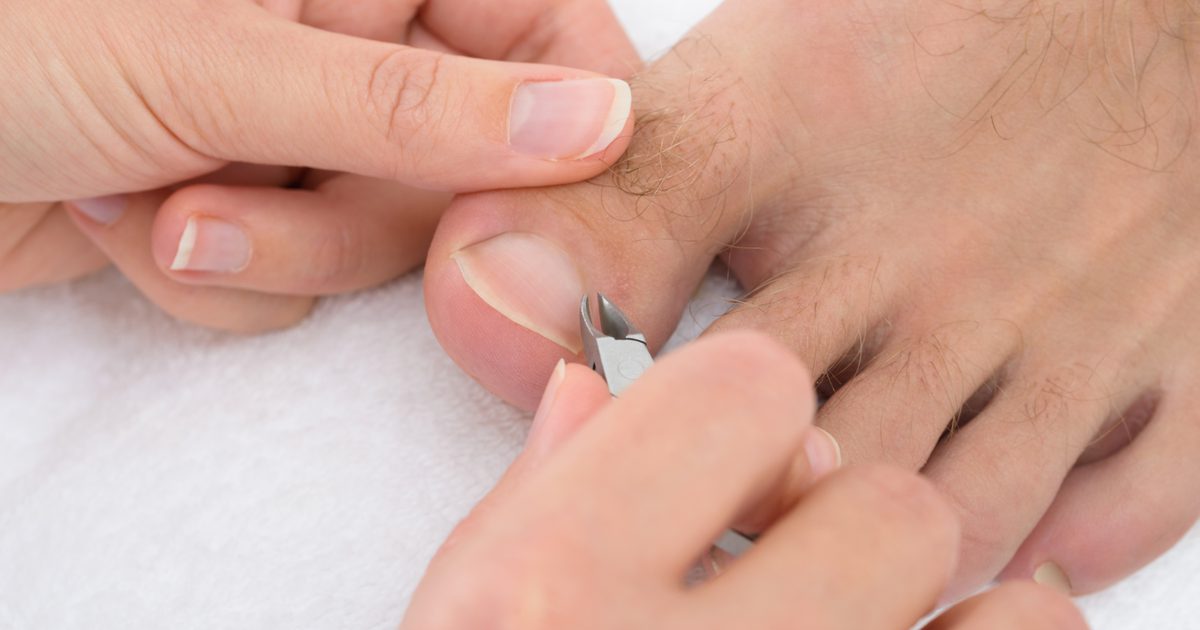Treatment Options For Nail Fungus
Removal Of The Affected Nails
Severe cases of nail fungus may become painful or cause extreme discomfort. Other cases may not respond well to medications or patients may be unable to tolerate them because of existing health conditions. A doctor may suggest temporary removal of the affected nails in certain situations so the antifungal medication can be applied directly to the affected areas. Permanent nail removal is an option for patients who have severe or very painful infections or if they don’t respond to medication. Removal of the nail can be done at a doctor's office or clinic by using a strong chemical or surgical procedures. The nail will eventually grow back, but it may take more than a year. Avoid re-infection by wearing well-fitting shoes, wearing socks with shoes, keeping feet dry and ventilated, and not walking barefoot in public places.
Discover more ways to treat nail fungus now.
Trim And Thin Nails

Keeping nails trimmed and thinned during a fungal infection can serve many purposes. Trim and thin nails to ease pressure on the nails, facilitate penetration of antifungal medications, and remove some of the fungi. Fungus growing under the nail can eventually cause pressure and discomfort, and keeping nails thin by filing them down can relieve a bit of this pressure. Thinned nails can increase penetration of antifungal creams or ointments into deeper layers of the nail to attack the fungus. Cutting and filing nails once a week may also get rid of some of the fungus. Creams containing urea can be used to soften thick nails before trimming and thinning. Emory boards are great for filing off ragged edges or removing discolorations on the surface of the nail. Individuals should be careful when trimming and filing nails, especially if the area is painful or tender.
Get familiar with the next option for treating nail fungus now.
